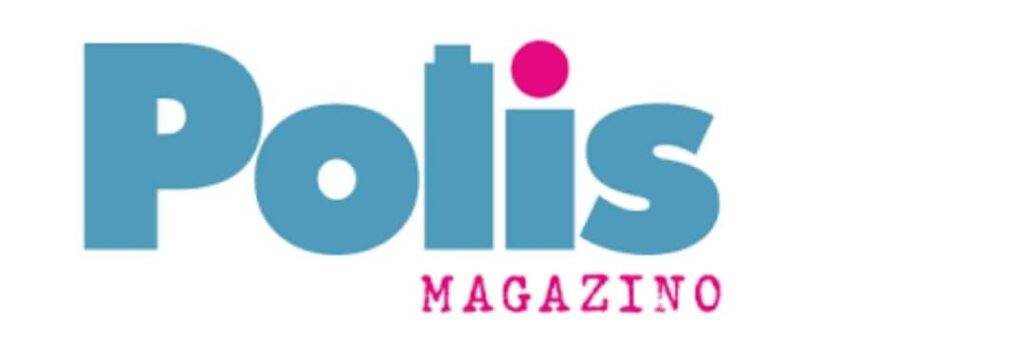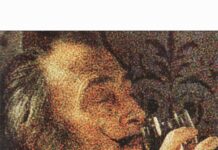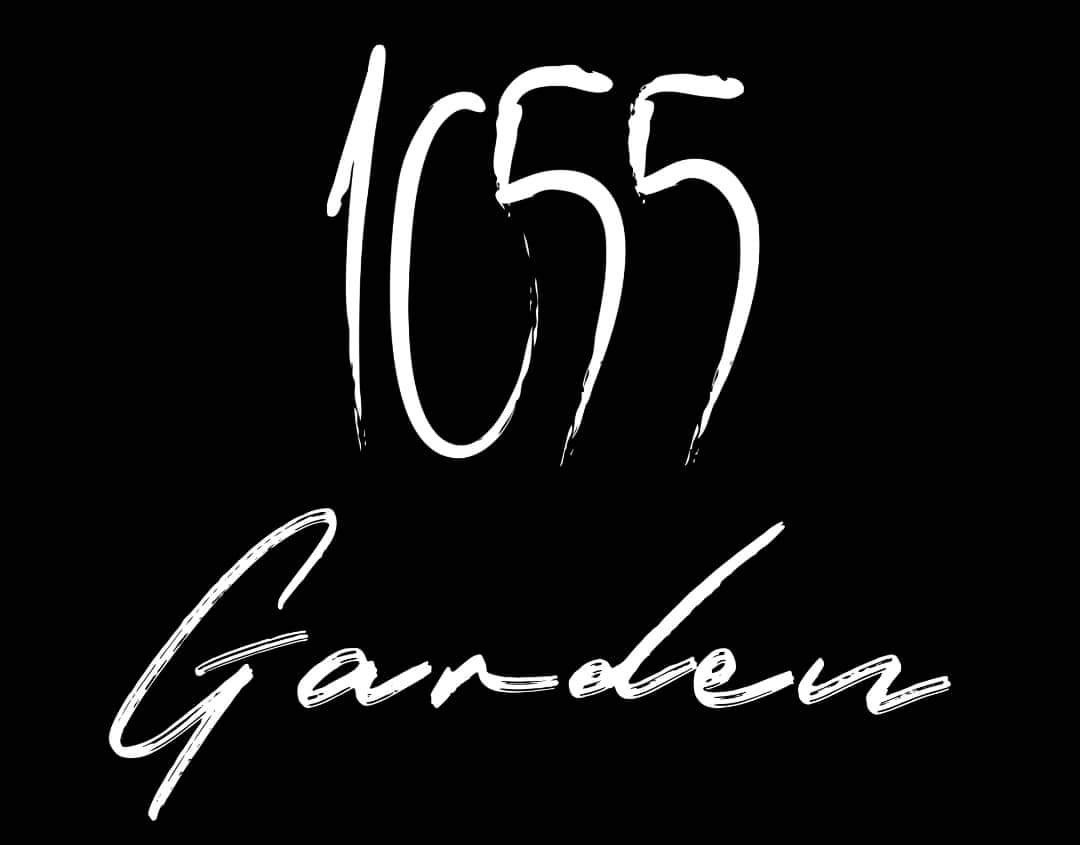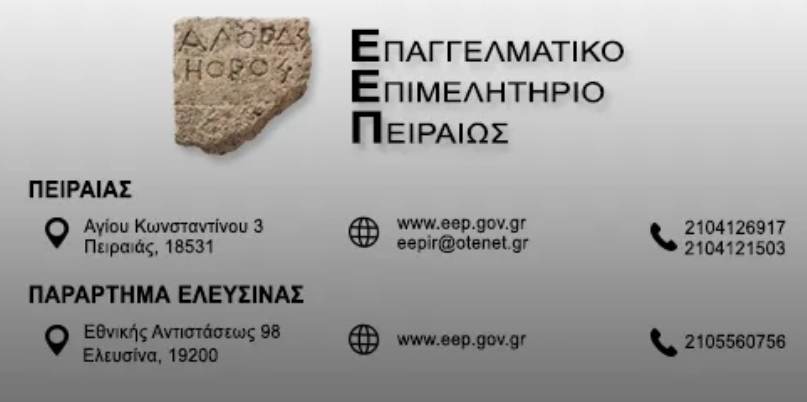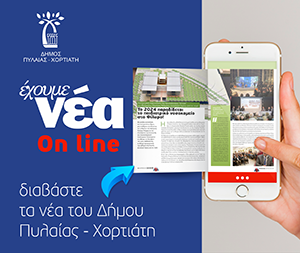Άρθρο του Alexander Kabishev from Russia
Επιμέλεια: Εύα Πετροπούλου Λιανού
Choism in the visual arts
Fine art is a class of spatial arts that combines painting, sculpture, graphics, monumental art and photography. (encyclopedic formulation)
Choism (English choice “choice”) is a current in art and literature of the 21st century. The basis of the choistic method, which can be characterized as the quintessence of the flow, is the “choice” and its display on the objects surrounding the author. (from article No. 10 “the question of choice”)
Currently, the role of choism in the visual arts may not be so obvious and promising in comparison with already known trends or styles. However, even now even “early choism” stands out noticeably and sets an atypical or even unexpected trend for thought and its reflection on the canvas.
In previous articles on the issues of choice and the philosophy of choice, we have partially addressed the examples of “choice” in the visual arts and literature. Now it’s time to take a closer look at the features of Choism applicable to them, and as a conclusion to formulate the main methods of “early choism”.
The content of choism, as well as other trends, of course, will be images, thoughts, ideas, etc. However, it will be impossible to talk about the uniqueness of their representation without atypical tools. The simplest tools for expressing “choice” in the visual arts include:
• Combination of imaginary and real images;
• Harmony of modernity and conservatism;
• Color contrast;
• Availability of objects to choose from;
• Possibilities of selection combinations;
• Encoding (hidden message);
Despite the seemingly great difference between the listed methods, they are united by dynamism (relativity), which is obviously striking on the canvas or indirectly leads to such a thought. Earlier we have already considered the importance of movement in the philosophy of choice, no less important and distinctive component will be movement for choism in the visual arts.
Another difficulty in analyzing choism representation tools is proving their uniqueness. Indeed, one can turn to classical works where a conflict of choice manifests itself, for example, the painting “The Oath of the Horatii”. However, it should be noted that the author does not leave an opportunity for the viewer to choose, he literally imposes his point of view in the conflict of public and personal. On the other hand, maybe there is a choice in more modern art? But how does it manifest itself in the “Campbell’s Soup Can”, “Black Square” or works imitating the fine art of the Indians of North America?
This observation leads us to the formation of the properties of choism in art:
• Ambiguity;
• The possibility of an open choice;
• The possibility of increasing the complexity of the choice (diverse selection);
• Unity of the work (composition of choice);
It turns out that choism in art has a rather extensive and unique basis, framed by philosophy and questions of choice, and even in its simplest manifestation, “early choism”, capable of offering compositions and solutions with a unique depth of consideration of the “question of choice” so relevant to modernity.
Thus, we can conclude that “early choism” represents only the first stage in the study and presentation of the topic of choice in art. His tools, despite their simplicity, are able to give a visual representation of the essence of the issue, emphasize individuality and lay the foundation for the formation of a common choistic method in art.
